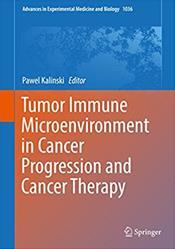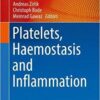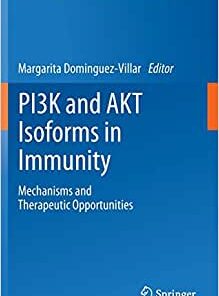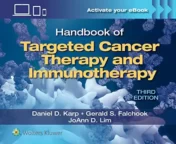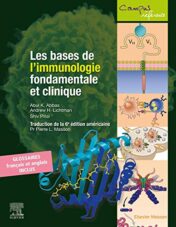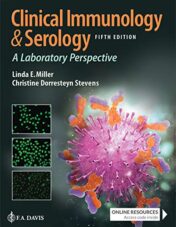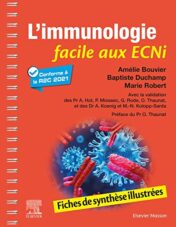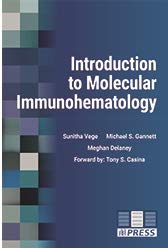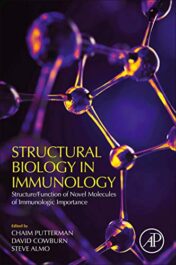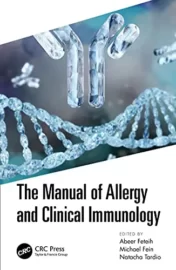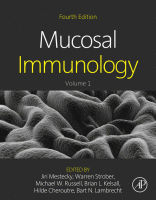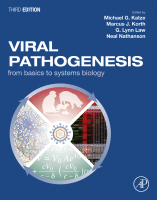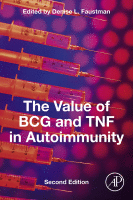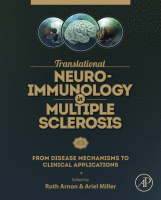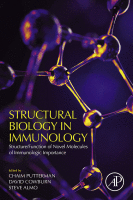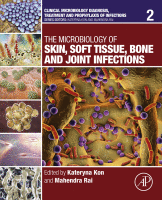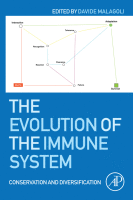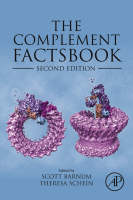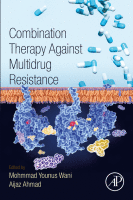- Series: Advances in Experimental Medicine and Biology (Book 1036)
- Hardcover: 264 pages
- Publisher: Springer; 1st ed. 2017 edition (December 23, 2017)
- Language: English
- Format: PDF Original
- ==========================+======================
-
Note : We will send ebook download link after confirmation of payment via paypal success
Payment methods: Visa or master card (Paypal
Tumor Immune Microenvironment in Cancer Progression and Cancer Therapy (Advances in Experimental Medicine and Biology) 1st
$30
by Pawel Kalinski (Editor)
Tumor Immune Microenvironment in Cancer Progression and Cancer Therapy (Advances in Experimental Medicine and Biology) 1st
by Pawel Kalinski (Editor)
The tumor microenvironment has become a very important and hot topic in cancer research within the past few years. The tumor microenvironment is defined as the normal cells, molecules, and blood vessels that surround and feed a tumor cell. As many scientists have realized, studying the tumor microenvironment has become critical to moving the field forward, since there are many players in a tumor’s localized and surrounding area, which can significantly change cancer cell behavior. There is a dual relationship wherein the tumor can change its microenvironment and the microenvironment can affect how a tumor grows and spreads. Tumor Microenvironment in Cancer Progression and Cancer Therapy aims to shed light on the mechanisms, factors, and mediators that are involved in the cancer cell environment. Recent studies have demonstrated that in addition to promoting tumor progression and protecting tumor cells from the spontaneous immune-mediated rejection and different forms of cancer therapeutics, tumor microenvironment can also be a target and mediator of both standard and newly-emerging forms of cancer therapeutics. Thus, the dual role of the tumor microenvironment is the integral focus of the volume. The volume highlights the bi-directional interactions between tumor cells and non-malignant tumor component during tumor progression and treatment. It also focuses on the three groups of the reactive tumor component: stromal cells, blood vessels and the infiltrating immune cells. These three groups are discussed under the lens of their role in promoting tumor growth, shielding the tumor from rejection and from standard forms of cancer therapies. They are emerging as targets and mediators of standard and new forms of potential therapy.
Product details |
Related Products
Basic Sciences Books
Basic Sciences Books
How the Immune System Works, 7th Edition (Original PDF from Publisher)
Basic Sciences Books
Basic Sciences Books
Immunology Books
Immunology Books
Immunology Books
Immunology Books
Immunology Books
Immunology Books
Immunology Books
Immunology Books
Paul’s Fundamental Immunology, 8th edition 2022 EPub+Converted PDF
Immunology Books
Immunology Books
Photodynamic Therapy Methods and Protocols 2022 Original pdf
Immunology Books
Immunology Books
Cancer Immunoprevention Methods and Protocols 2022 Original pdf
Immunology Books
Immunology Books
Immunology Books
Immunology Books
Immunology Books
Immunology Books
Immunology Books
Immunology Books
Immunology Books
The Inflammasome Methods and Protocols 2022 Original pdf+videos
Immunology Books
T-Follicular Helper Cells Methods and Protocols 2022 Original pdf
Immunology Books
Immunology Books
Immunology Books
Introduction to Molecular Immunohematology 2020 Original PDF
Immunology Books
Immunology Books
Immunology Books
Immunology Books
Immunologia cellulare e molecolare, 9e 2018 EPUB3 + Converted PDF
Immunology Books
Immunology Books
Immunology Books
The Manual of Allergy and Immunology 1st Ed 2021 Original pdf
Immunology Books
Immunology Books
Immunology Books
Viral Pathogenesis From Basics to Systems Biology 2016 original pdf
Immunology Books
Immunology Books
Immunology Books
Immunology Books
Milestones in Immunology Based on Collected Papers 2018 original pdf
Immunology Books
Immunology Books
Immunology Books
Immune Rebalancing The Future of Immunosuppression 2016 original pdf
Immunology Books
The Complement FactsBook A volume in Factsbook 2018 original ppdf
Immunology Books
Combination Therapy Against Multidrug Resistance 202 original pdf
Immunology Books
Immunology Books
Immunology Books
Immunology Books
Immunology Books

